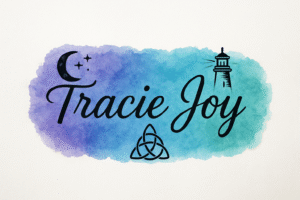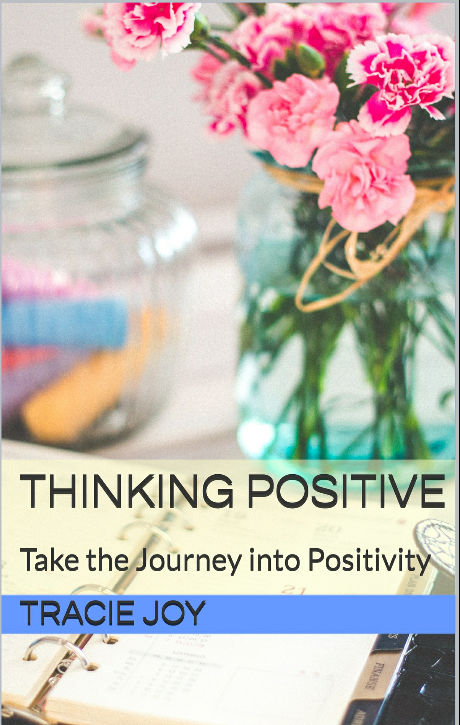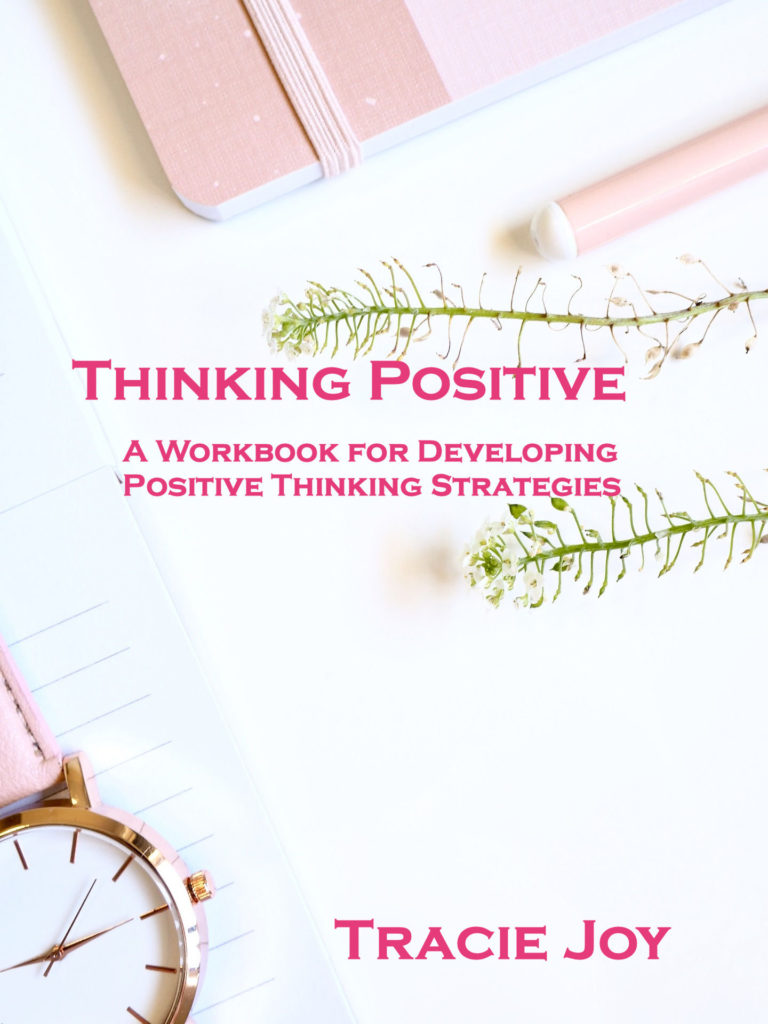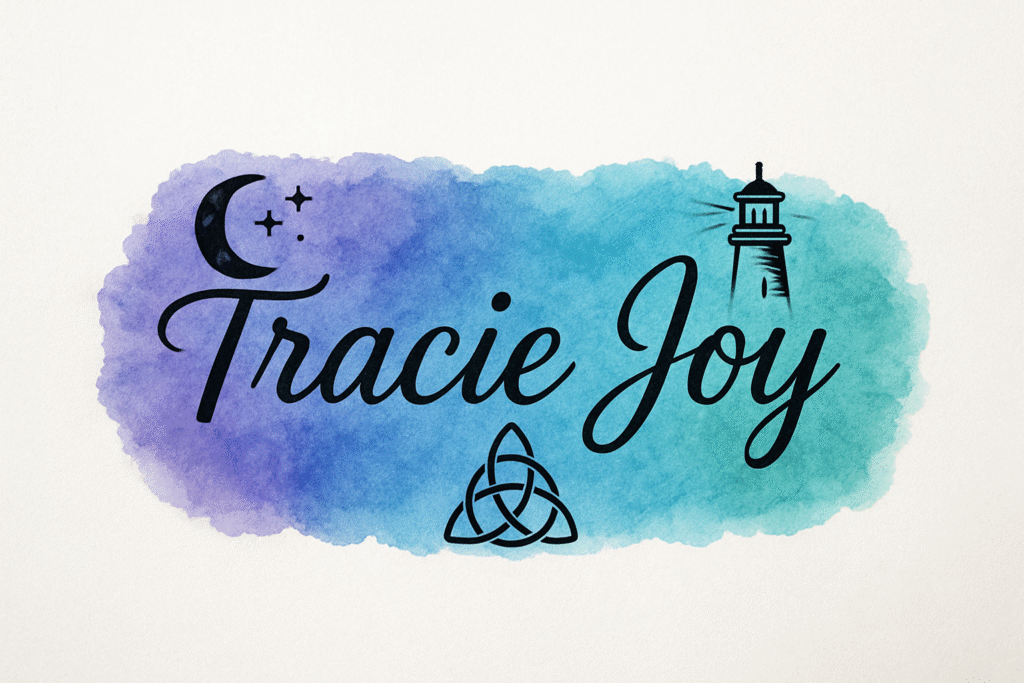7 Powerful Ways to Master Creating Tension and Stakes in Every Genre
Meta Description: Master the art of creating tension and stakes in every genre with these 7 powerful tips for writers. Learn how to hook readers, raise the stakes, and keep them turning pages.
If you’re ready to take your storytelling skills to the next level, don’t miss my free resource: Creating Tension and Stakes in Every Genre. This downloadable PDF expands on the techniques below, giving you clear, actionable strategies for building suspense, raising the stakes, and keeping readers hooked—no matter what genre you write in. Whether you’re crafting a thriller, romance, fantasy, or literary fiction, this guide to creating tension and stakes in every genre will help you turn your stories into page-turners your audience can’t put down.
Whether you’re writing a heart-pounding thriller, a slow-burn romance, or an epic fantasy, creating tension and stakes in every genre is what keeps readers glued to the page. Without tension, your story drifts. Without stakes, your readers have no reason to care what happens next. Together, they’re the lifeblood of storytelling, turning words into a compulsive reading experience.
In this guide, we’ll explore seven proven ways to master creating tension and stakes in every genre—techniques that work for both plot-driven and character-driven stories and help you develop unforgettable characters, scenes, and arcs.
1) Give Characters Something to Lose
At its core, creating tension and stakes in every genre means giving your characters something they desperately want—and something they’re terrified to lose. It could be a relationship, a job, a secret, or even their own life. When readers understand what matters most to a character, every obstacle becomes meaningful and the stakes feel real.
In romance, it might be the fear of losing a once-in-a-lifetime connection. In mystery, it’s the risk of letting a criminal escape. In fantasy, it could be the fate of an entire kingdom. Ask yourself: If my protagonist fails, what’s the worst that could happen? Then make it worse (responsibly and purposefully).
2) Use Time Pressure to Keep Readers Hooked
Time is one of the most effective tools for creating tension and stakes in every genre. Deadlines, ticking clocks,  and approaching events keep the pace brisk and the reader anxious to see what happens next. A political thriller might allow 48 hours to stop an assassination; a rom-com might give one last chance before someone moves away. Time limits make readers feel urgency alongside your characters.
and approaching events keep the pace brisk and the reader anxious to see what happens next. A political thriller might allow 48 hours to stop an assassination; a rom-com might give one last chance before someone moves away. Time limits make readers feel urgency alongside your characters.
3) Create Conflicting Goals
One of the best ways to ensure you’re creating tension and stakes in every genre is to pit your characters’ goals against each other. When two people want mutually exclusive outcomes, every interaction sparks drama. Think of Pride and Prejudice or The Hunger Games—clashing objectives force characters into choices with consequences. Even in quiet family dramas, a teen’s bid for independence can collide with a parent’s instinct to protect, generating powerful emotional stakes.
4) Keep Readers in the Dark—But Not Too Dark
Suspense thrives when readers sense that something is wrong but don’t have the full picture. This balance is essential  for creating tension and stakes in every genre. Tease the audience with partial information—an overheard conversation, an unopened letter, a character with a secret—then drip-feed clues that reward attention. Beware of withholding too much; aim for intrigue, not confusion.
for creating tension and stakes in every genre. Tease the audience with partial information—an overheard conversation, an unopened letter, a character with a secret—then drip-feed clues that reward attention. Beware of withholding too much; aim for intrigue, not confusion.
5) Make Every Choice Matter
When characters make choices with consequences, you’re automatically creating tension and stakes in every genre. Every decision should either move the plot forward, deepen character development, or alter relationships. In epic sagas and cozy mysteries alike, even small choices—like trusting the wrong person—can create ripple effects that raise the stakes and keep readers turning pages.
6) Escalate the Stakes Throughout the Story
Many writers front-load tension in Act I and let it plateau. But creating tension and stakes in every genre requires steady escalation. Each act should introduce higher risks, deeper conflicts, and more personal consequences. The escalation doesn’t have to be louder—emotional stakes can rise quietly as relationships strain, secrets surface, and characters confront their flaws.
7) Tie Stakes to Emotional Investment
Readers don’t care about events; they care about the people those events affect. The most effective way of creating tension and stakes in every genre is to build emotional investment. If the audience understands your protagonist’s dreams, fears, and flaws, they’ll feel every victory and loss. Even intimate stakes—like overcoming self-doubt—can be as compelling as saving the world when the emotional core is strong.
Bringing It All Together
Creating tension and stakes in every genre isn’t about adding random danger or melodrama—it’s about crafting situations where the reader has to keep turning pages. Give your characters meaningful goals, raise the pressure with time and conflict, escalate consequences, and lean into the emotions that make readers care. Combine these elements and you’ll transform solid scenes into can’t-stop-reading momentum.
For more on character craft and scene-level power, explore these related resources:
- How to Write Compelling Characters Readers Remember
- Showing vs. Telling in Writing: When and How to Use Each
Great deep-dives worth bookmarking:
🎯 Ready to Hook Your Readers?
Get your free copy of Creating Tension and Stakes in Every Genre and discover proven strategies for making your stories irresistible. This downloadable PDF is packed with practical tips you can start using today—and it’s perfect for reinforcing everything here about creating tension and stakes in every genre.
Have a scene you want feedback on? Drop a snippet in the comments and tell me where you’re struggling with creating tension and stakes in every genre—I’ll suggest targeted tweaks to raise the heat.



